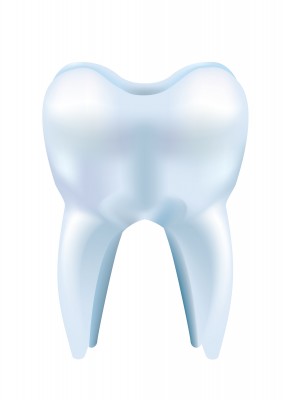Could Nanotechnology Spell the End of Dental Visits?

According to a forthcoming study in September’s Biomaterials journal, a team of researchers have developed and tested nanoparticles that can prevent cavities before they form by destroying films that set on our teeth.
Our mouths are home to millions of bacteria, but there’s something special about the bacteria that make up plaque. Plaque is very difficult to remove, but dentists recommend brushing, mouthwash and flossing to slow down the build-up. However even those with impeccable oral hygiene are susceptible to plaque and if it’s left on the teeth indefinitely, the bacteria can wear away the tooth enamel to make way for cavities and damage.
University of Pennsylvania researchers have now developed a more sophisticated way to remove plaque, using nanoparticles. These are rich in iron and ignite hydrogen peroxide activity to break down plaque’s defences and eliminate the bacteria.
The researchers tested this technique on plaque that had grown in a lab petri dish before testing on rats’ teeth. When the rats were treated with the hydrogen peroxide and nanoparticle solution twice daily for one minute over a three week period, there was a significant decrease in the level of tooth decay and plaque build-up compared to the rats that were only treated with hydrogen peroxide. There was no damage or inflammation of any of the gums or soft tissue in the mouth.
Nanoparticles have been suggested for use in dentistry before. Scientists in America, Canada and Italy are developing nanoparticles that can help to fill in cavities and regenerate teeth, or regenerate plaque-damaged enamel, as the body does not regrow it naturally.
There are, however, concerns that as the nanoparticles are so small, they could move to other tissues within the body if inhaled or swallowed, causing damage. The researchers saw no adverse effects during their study, but said they would need to take steps to ensure that the particles are safe before clinical trials could commence.
Before the nanoparticles become widely available to patients, the researchers must take steps to make sure the technique is both effective and safe.
Join this Discussion









